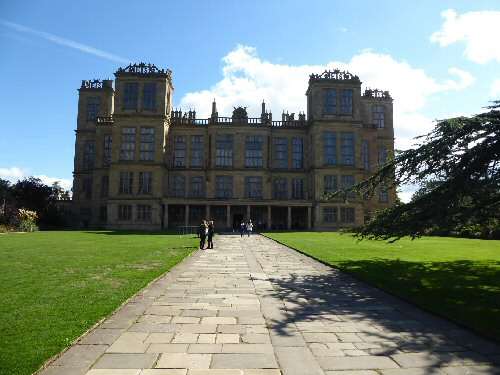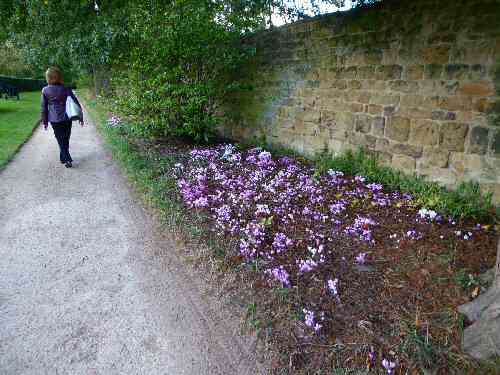HARDWICK HALL
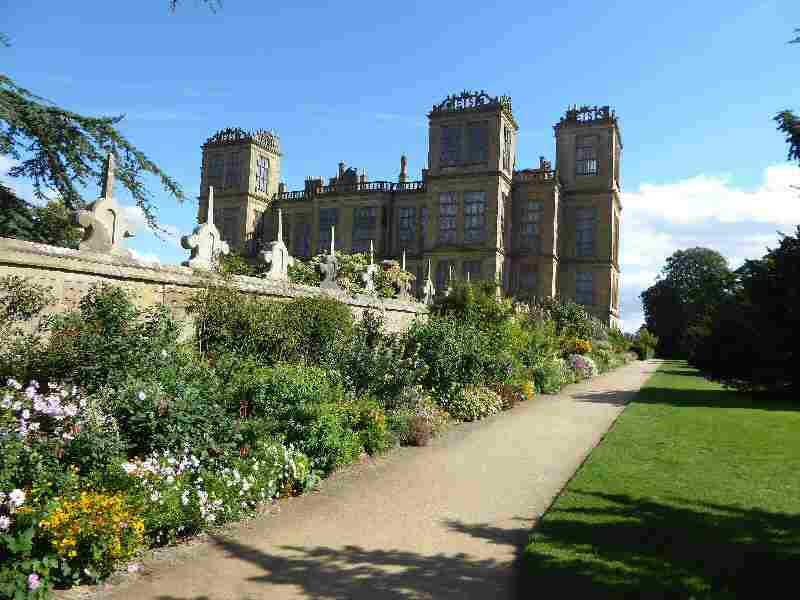
PLAN YOUR VISIT TO HARDWICK HALL
Location: Hardwick Hall is off the M1 at junction 25 and the A6175 Clay Cross Road – SK463638.
Visit: The extensive grounds that also contain the ruins of Hardwick Old Hall, the original Manor House, which was used as guest and service accommodation after the new hall was built. English Heritage administers it on behalf of the National Trust and is also open to the public.
Refreshments: In March 2012, the hall underwent a £6.5m restoration, which included a large restaurant to suit all tastes.
Bolsover: Bolsover Castle, now restored to its former glory, is one of English Heritage’s finest assets. Outside the castle, the ‘old town’ has seen substantial improvements. The Market Place is particularly attractive. The redevelopment fits nicely into the general pattern of things; even the town centre car park is pleasing to the eye. Built in the mid-1970s, the library, with its steeply pitched pantile roof, blends in successfully with the other buildings in the centre of the town.
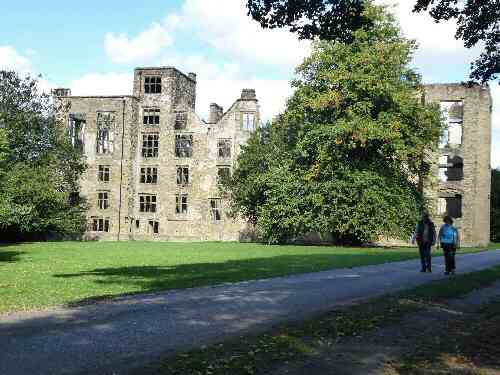
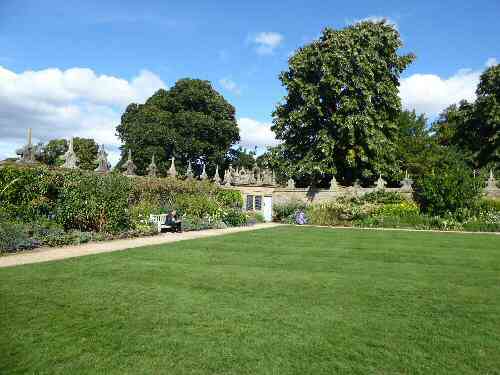
HARDWICK HALL
Between 1587 and 1596, Hardwick Old Hall was built by Bess of Hardwick, one of the richest and best-connected women of the Elizabethan age. In 1590, before the Old Hall was complete, Bess started to build another house immediately beside it – the New Hall – this time using a professional architect, Robert Smythson. The Old Hall was not abandoned in favour of the new one: instead, the two were intended to complement each other.
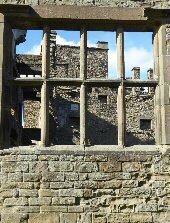
Bess of Hardwick was seen as a statement of her wealth and power. The windows are exceptionally large and numerous at a time when glass was very expensive, which led to the saying, ‘Hardwick Hall, more glass than wall’. The Hall’s chimneys are built into the structure’s internal walls to avoid weakening the exterior walls.
Bess died in 1608, leaving her son William Cavendish to take charge at Hardwick. The Cavendish family is still based at the Chatsworth estate that Bess and her father purchased. The family eventually came to prefer Chatsworth over Hardwick and partially dismantled the Old Hall in the 1750s. It gradually became ruinous. English Heritage now preserves it in a state of partial ruin.
The British Army’s 1st Parachute Brigade was formed at the hall in 1941, and the Airborne Forces Depot and Battle School were located on the estate’s grounds from 1942 to 1946.
After centuries in the Cavendish family and the line of the Earl of Devonshire and the Duke of Devonshire, house ownership was transferred to the Treasury in 1956 and then to the National Trust in 1959.
The tomb of Bess of Hardwick is in Derby Cathedral.
